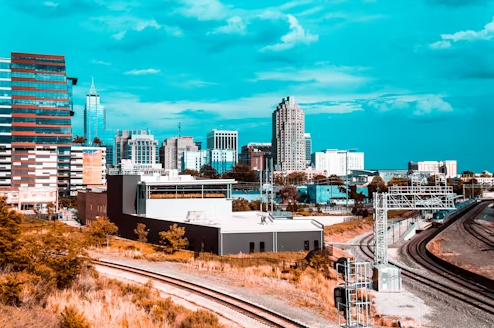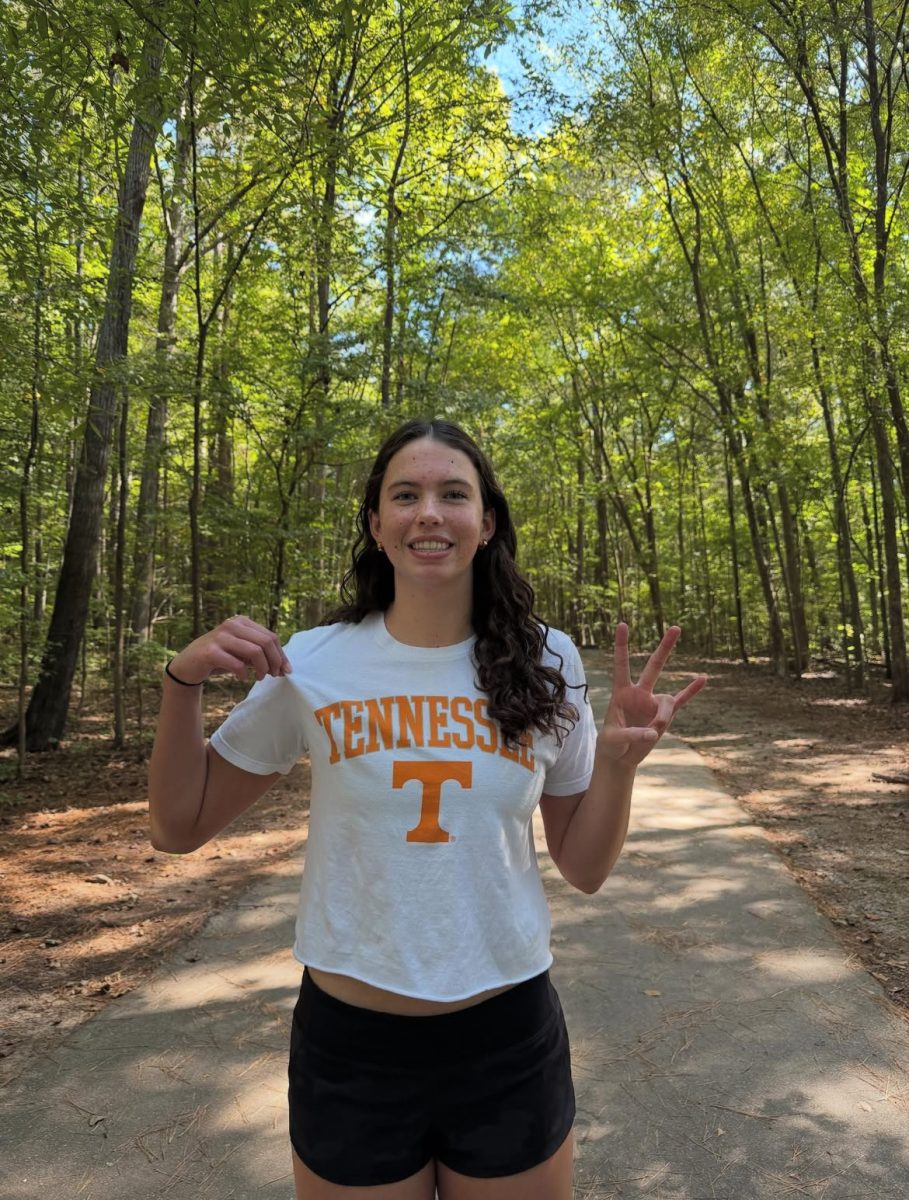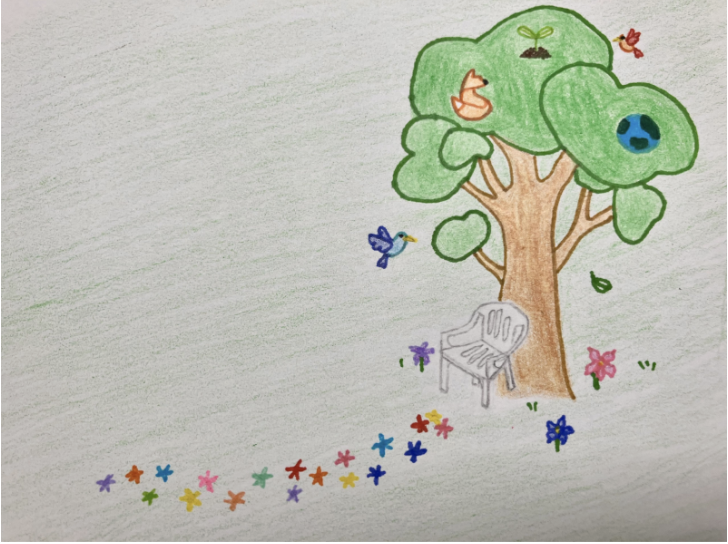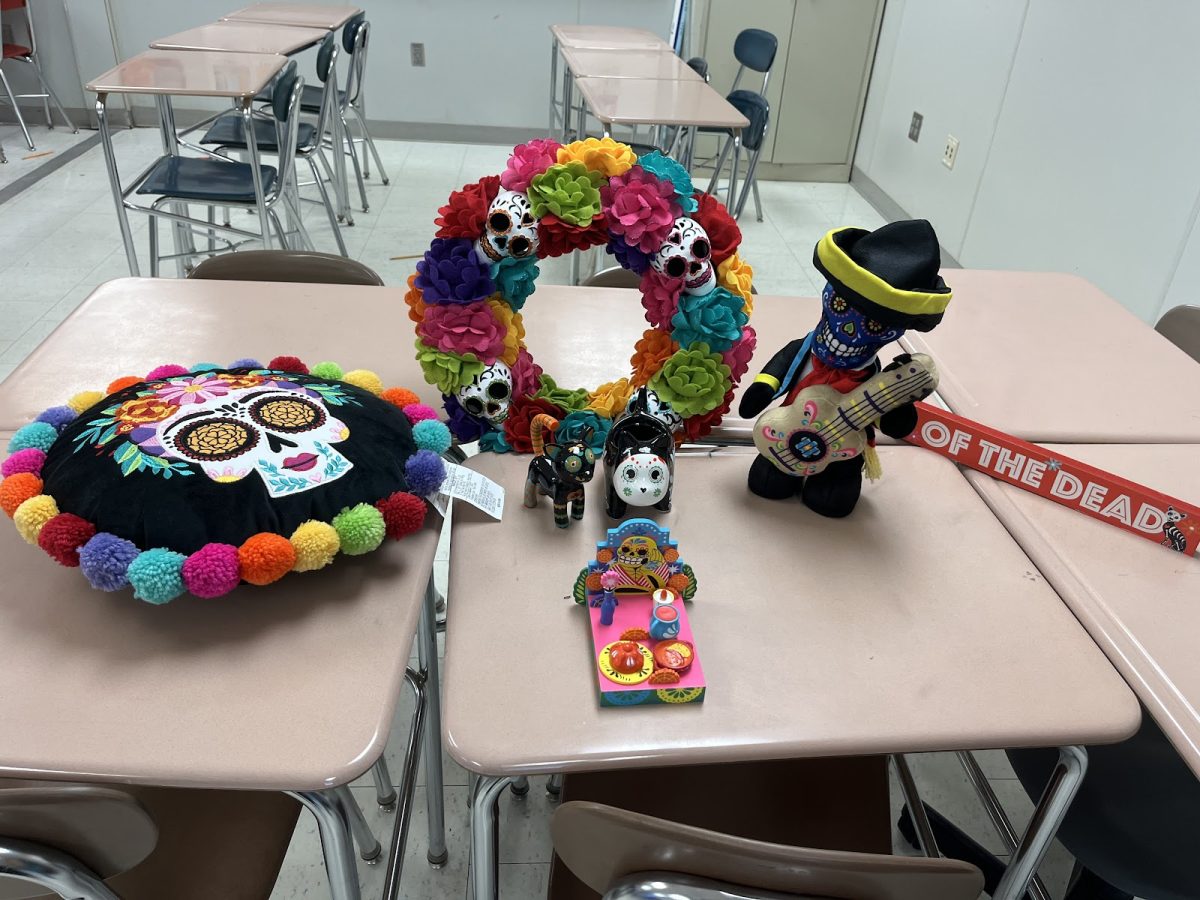On November 1st and 2nd in Mexico, Mexicans visit the graves of their loved ones. But they don’t go to mourn; instead, they celebrate.
Día de los Muertos, also known as the Day of the Dead, is a Mexican holiday on which families and friends gather to welcome back the souls of deceased loved ones. The multi-day holiday is typically celebrated with food, drink and celebration. It is a joyful time in which Mexicans honor memories of their ancestors through parades in cities, detailed altars in homes and celebrations at graveyards.
Freshman Issac Maldonado’s favorite part of Day of the Dead is the tasty treats. “It’s a very special event since only Mexicans celebrate it and we get to eat all sorts of yummy food.” Food is an important part of the Día de los Muertos because it is believed that departed spirits enjoy the essence of it.
“It’s a major part of our culture. Every year, everyone gathers to really appreciate everything they have and to have fun,” said Maldonado. His family set up altars, dinner gatherings and candles in preparation for the celebration. They visit the burying grounds of relatives to clean the graves and decorate them with flowers.
Mrs. Perdomo, a Spanish teacher at Green Hope, clarified that the Día de los Muertos is not a somber event. “It’s not a sad day. It’s a day to remember people who have passed away.” She also discussed the significance of ofrendas, also known as altars.
“To celebrate, families create an altar for relatives who have passed away. In the altar, they put everything that the person liked—lights, food, flowers and a picture of the person. They believe that if they do this, the soul of the person will come to visit them. It’s a beautiful tradition,” she said.
“It’s two days because one day is to remember the adults and the other one is to remember the children,” Perdomo remarked. The Day of the Dead is not just for humans, however. Many Mexicans believe that animals have a spirit too. “A common belief in Mexico is that animals go to the afterlife as well. They are called ‘alebrijes.’” Alebrijes are vivid mythical creatures that join their owners in the afterlife.
Perdomo noted La Catrina, a central symbol of the Day of the Dead. Some historians suggest that she has ties to the Aztec goddess of death, Mictēcacihuātl, lady of the underworld. Other universally recognized signs of Dia de los Muertos are the smiling skull decorations and gorgeous marigold flowers.
Marigolds are thought to attract the souls of the dead to their ofrendas, so families often scatter them in a path leading from the front door to the altar made for their relatives. In Mexico, marigolds symbolize how life is beautiful and delicate.
Another known symbol of the Day of the Dead is skulls, which present themselves everywhere during the holiday in the form of face paint, sugar skulls and skull decorations.
Unlike the macabre skulls correlated with Halloween, these skulls have intricate designs and vivid hues. They are often smiling to celebrate the lives of the dead and laugh at death.
The Day of the Dead is a unique holiday where mourning is exchanged for commemoration. It is a beautiful time where the dead are honored and life, death and family are celebrated. Dìa de los Muertos is an unique and integral part of Mexican culture.













































































